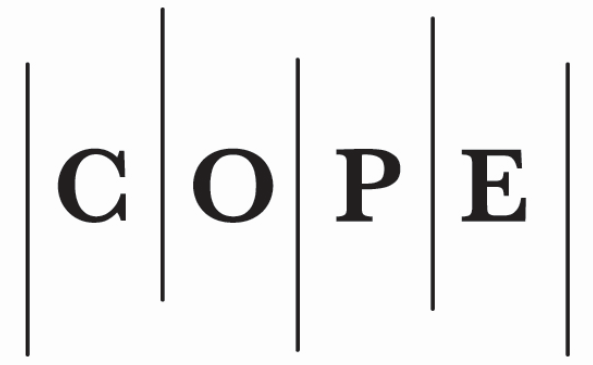A COMPARATIVE STUDY OF EXECUTIVE CLEMENCY FOR BATTERED WOMEN IN MURDER CASES: PERSPECTIVES FROM THE UNITED STATES AND UNITED KINGDOM
plugins.themes.bootstrap3.article.main69440a9501b25
Santrauka
This paper examines how executive clemency can play an important function in confronting the framework-level inefficiencies and injustices encountered by battered women standing trial for or convicted of murder. Women in these situations frequently encounter culturally and legally ingrained biases that fail to fully recognise the prolonged impact of abuse and trauma, rendering clemency an essential path for seeking justice. This paper considers clemency practices in the United States and the United Kingdom, highlighting the impact of notable cases and legal structures. It particularly considers the role of Battered Woman Syndrome in the United States and the trauma-informed measures established by the United Kingdom’s Domestic Abuse Act of 2021. This paper utilises a doctrinal methodology to examine statutes, case law, and academic literature, aiming to appraise how effectively clemency serves to promote justice for battered women who have endured cumulative abuse. The findings suggest that although clemency is instrumental in addressing systemic shortcomings, its uneven implementation, along with prevailing political and societal biases, limits its effectiveness. This paper recommends the implementation of reforms that include the establishment of independent clemency review boards, providing trauma-informed training for those involved in decision-making, and creating standardised criteria for the application of clemency. These measures aim to improve transparency, equity, and accessibility, thereby ensuring that clemency can serve as an effective means of justice and mercy






